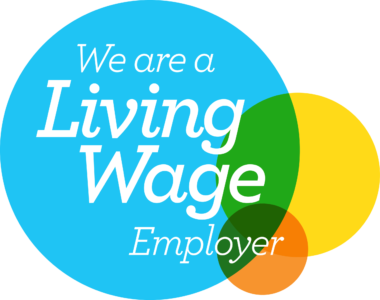A loanback is a type of lending transaction whereby a Small Self-Administered Scheme (SSAS) is able to loan money back to the sponsoring employer of the SSAS or an unconnected party (“borrower”).
The SSAS would allow the borrower to borrow the capital required and repay the sums with interest into the SSAS. The loan proceeds must be used for a legitimate business purpose by the borrower.
As loanbacks are regulated for connected parties, there are five key tests that need to be met to ensure that the loan meets HMRC’s requirements. The five key tests are:
• security
• interest rates
• term
• amount
• repayment.
The remainder of this article relates to connected loanback transactions to the sponsoring employer.
Security
The security taken must be a first ranking legal charge over the secured asset. If the assets to be secured are already subject to security, priority arrangements will need to be considered, and any such arrangement would require the consent of the existing lender.
Types of security that can be used to secure a loanback include the following:
• a legal charge over commercial or residential property (provided the residential property is not a connected party’s main residence)
• a legal charge over shares in a company
• a debenture over all assets of a company
• a legal charge over chattels.
Where the security is over taxable property, the charge should be limited to the proceeds of sale and only include the appointment of a receiver in respect of the lender’s enforcement powers to avoid the SSAS acquiring an interest in taxable property should the charge be enforced.
Security can be given by a connected party or a consenting third party to the transaction. The security must be valued by a valuer to be at least equal to the face value of the loan plus any interest that maybe due upon repayment.
Interest rates
The interest rate for the loan must be at least 1% above the base rate for six nominated high street banks. These banks include Bank of Scotland, RBS, Lloyds, HSBC, NatWest and Barclays. This will be calculated at the date of completion to ensure any changes to interest rates do not lead the loan to fall short of HMRC’s requirements. It is advisable for the interest rate to be fixed rather than variable to ensure that the interest rate will meet HMRC’s requirements for the duration of the loan without having to be regularly recalculated.
Term
Connected loanback transactions have a maximum repayment term of five years. This can be extended in certain circumstances for a maximum of one further five-year period.
Amount
The maximum amount that a SSAS can lend depends on the value of the SSAS. A SSAS cannot lend more than 50% of the aggregate amount of cash sums held and the net market value of the SSAS immediately before the loan is made.
Repayment
All loans to sponsoring employers must be repayable at least in equal instalments of capital and interest for each complete year of the loan, beginning on the date that the loan is made and ending on the last day of the following 12-month period – known as a loan year.
How we can help
We have a dedicated SSAS Team who are highly experienced in working on loanback transactions and have acted for many leading SSAS providers across the country in facilitating connected and unconnected loans from SSAS Pension Schemes. The usual scope of our instructions includes reviewing the company’s articles of association to ensure that the security can be enforced if needed, drafting of loan and charge documentation, and the perfection of security to include registration at Companies House and Land Registry as appropriate.
If you would like any further information regarding loanbacks or our services in relation to them, please contact Emily Egan who will be happy to assist you.
The content of this article is for general information only. It is not, and should not be taken as, legal advice. If you require any further information in relation to this article please contact the author in the first instance. Law covered as at June 2025.








